Have you been like me, and for every green tree you see in the winter, you call it a pine tree? If so, this article is for you. Why? Because all of those evergreen trees you see aren’t just pine trees. Learning evergreen tree identification is not only an impressive skill but can also be helpful for animal tracking and emergencies.
So if not all green trees are pine trees, what are they? There are a few key characteristics that can help answer this question.
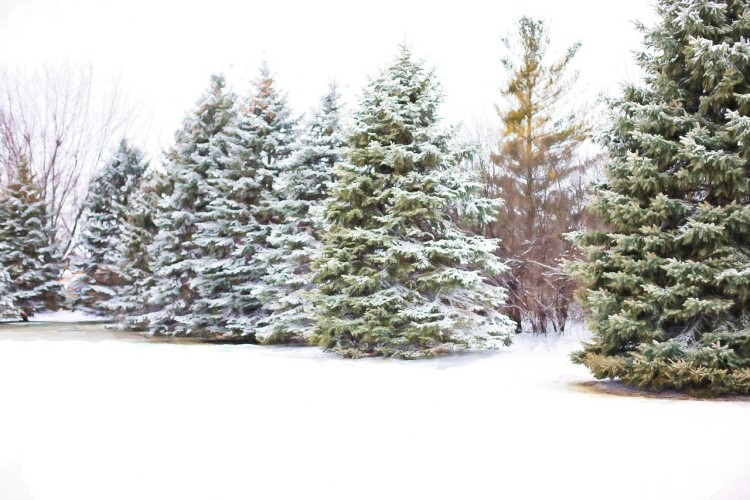
All evergreen trees are not pine trees. Learn a few key characteristics to help identify them. Photo: JillWellington via Pixabay
Some of the links in this article may contain affiliate links. When you purchase using these links, part of the proceeds go to Snowshoe Mag. Additionally, as Amazon Associates, we earn from qualifying purchases. Please see our disclosure for more details.
Types of Evergreen Trees
The term evergreen corresponds with pine trees because the needles of a pine stay on the tree throughout the winter; hence they are “evergreen.” But there’s another term you should be familiar with, coniferous, which is an important indicator in tree identification, including evergreens.
Coniferous plants reproduce via seeds from cones. For example, pine trees are both coniferous (reproduce via cones) and evergreen (keep leaves all year). However, not all evergreens are coniferous, and not all coniferous trees are evergreen.
Larches are a good example of a coniferous tree that drops its needles in autumn, making it one of the few conifers that do so. On the other hand, holly plants are evergreen but not coniferous, as they keep their leaves year-round but reproduce by flowering and not by cones.
Let’s break down the different types of evergreens and how to learn evergreen tree identification.
Pine Trees
Pine trees have been used throughout history to make candles, salves, glue, and even soap. Most pine trees have edible seeds, and you can use pine tree needles to make a delicious tea. They are a popular Christmas tree around the holidays, and pine pitch makes an excellent waterproofer for winter boots.
How do you tell if that evergreen tree is really a pine tree or something that looks like one? Look at the needles. Are they grouped in clusters? All pines grow needles in clusters of 2-5 needles per bundle/fascicle.
Read More: The Foraged Feast: Identifying Edible Plants
5 Needles/Cluster
Easter White Pines grow needles in bundles of 5. The length of the needles is 2-4”, and they are soft and flexible to the touch. The cones are slender and long, ranging from 4” to 10”, and are not thorny like some other pine tree varieties.
These trees are common in the Great Lakes region northeast to Maine and southern Canada, stretching south along the Appalachian Mountains to the Carolinas. In fact, the Eastern White Pine is the only 5-needled pine in the Eastern United States. The Western United States houses the other 5-needled pines, of which there are eight varieties.
2 Needles/Cluster
Some pines, such as Red Pines, grow 2 needles per cluster. Red Pine trees grow needles 3” to 8” long, and their cones are 1½”-2½” long and thorn-less. Another distinguishing feature of Red Pines is the reddish bark, as red pines have a very nice reddish color to their wood. Other varieties of pines that grow 2 needles per cluster include Scotch, Jack, and Scrub pines.
3 Needles/Cluster
Several varieties of pines grow 3 needles per cluster. Pitch pine is one of these. These trees grow needles 2”-5” long with cones 1”-3” long that are significantly thorny to the touch. They’re found mainly in the southern, northeastern United States but can be seen as far south as Georgia and eastern Tennessee. They thrive in areas most trees find challenging to propagate, such as arid and acidic soils. Swamp and Longleaf are two other examples of pines with 3 per cluster.
Read More: A New Found Passion: Wildlife Tracking and Identification
Spruce Trees
Spruce wood is an excellent tonewood used in soundboards of several musical instruments such as the violin, guitar, and piano. In addition, the needles can be used to make tea, and the shoots of new growth can even be made into spruce tip syrup. Bring equal parts water and sugar to a boil, stir in spruce tips, and let steep overnight. They are also a popular Christmas tree, but their needles tend to be sharp to the touch and are not retained well once the tree is cut.
They are often confused with pine trees, but spruce needles are attached singly rather than in clusters. As mentioned earlier, unlike pines, they tend to be rather stiff and sharp to the touch. In addition, their cones are brown, and the scales are rather thin, unlike some pine cones, which can be quite thick and thorny.
Norway Spruce
Norway spruce trees have dark green needles, and their branches sag toward the ground as they age. It has softer needles than other varieties of spruce trees. It also has one of the more distinguishable cones, ranging from 4”-6” long, somewhat flexible, with stiff scales.
Colorado Blue Spruce
Colorado Blue Spruce trees have very sharp needles, one of the sharpest of all conifers, and their needles range from very dark green to the classic bluish silver that makes these trees easily identifiable. The cones range from 2”-4” long with flexible scales and are pale brown when mature.
Read More: How to Tap and Make Your Own Maple Syrup
Fir Trees
Fir trees make some of the best Christmas trees, as their needle retention is excellent, and they have a very pleasant aromatic smell. The needles can be used to make a tea high in Vitamin C and fragrant essential oils. The sap is an excellent antiseptic and analgesic. It has been used to treat colds, sore throats, and muscle and joint inflammation.
Fir trees look very similar to spruce trees, which they are often confused with during the identification of evergreen trees. Fir trees also have needles attached singly, but the twigs remain smooth when the needles are removed. This differs from the spruce because the needles are attached by a base resembling a small suction cup. A common way to differentiate a fir from spruce is to take a needle and roll it between your fingers. Fir trees have very flat needles and do not roll between your fingers like spruce needles.
Balsam Fir
Balsam fir trees have very dark green needles and have 2 white stripes underneath each needle. They have 1” to 3” long cones and grow upright on the branches. This distinctive feature helps distinguish them from Spruce trees when the cones are present. Sometimes when the cones of a Fir tree have fallen apart upon ripening, the slender central core remains in an upright position.
Fraser Fir
Fraser Fir trees have been used as the White House Christmas tree more times than any other tree. These trees were named after John Fraser, a Scottish botanist who explored the southern Appalachian Mountains in the late 18th century.
The combination of soft needles, excellent needle retention, shape, and strong branches able to hold heavier ornaments make this one of the most popular Christmas trees in the United States. In fact, it’s the official state Christmas tree of North Carolina. These trees also have two silvery-white stripes underneath each needle with cones 1.5”-2.5” long that stand erect on the branches.
Read More: Christmas Tree Farms, Skiing, and Festive Snowshoeing in Montana
Additional Info for Evergreen Tree Identification
There are many other varieties of evergreen trees, such as Cedars, Hemlocks, and Junipers, to name a few. If you’d like to learn more about these or other varieties of trees and find out how you can help in the growing conservation effort, visit the Arbor Day Foundation.
Would you be interested in learning evergreen tree identification? Please share your recommendations and insights with us in the comments below.
This article was originally published on March 24, 2019, and updated most recently on May 16, 2023.
Read Next: Clean Up Our Trails: The Why and How

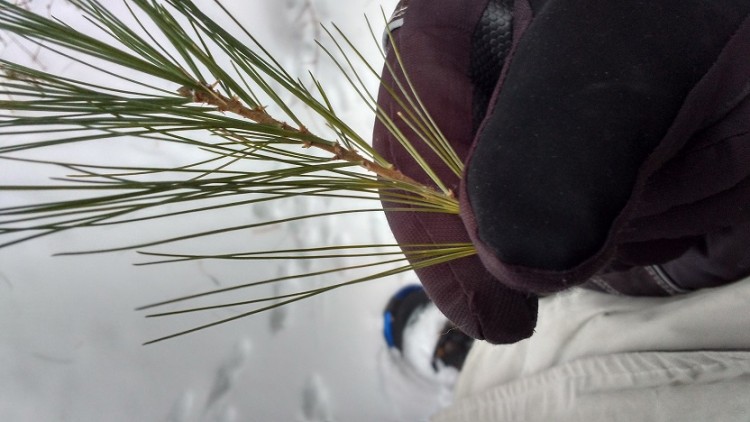
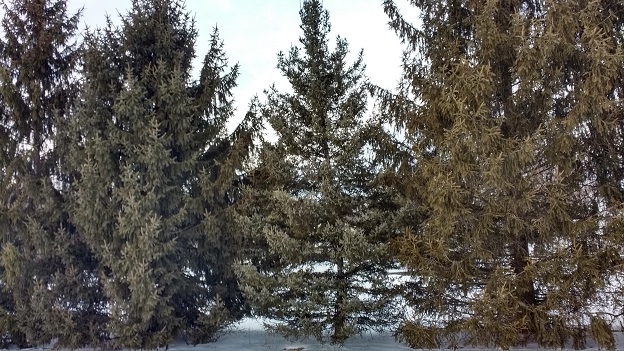
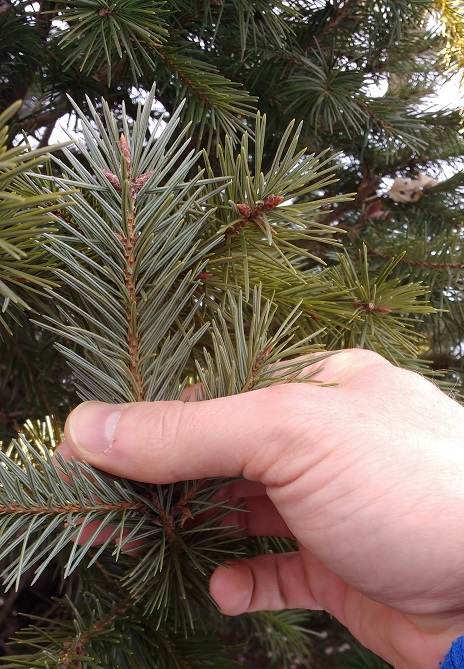
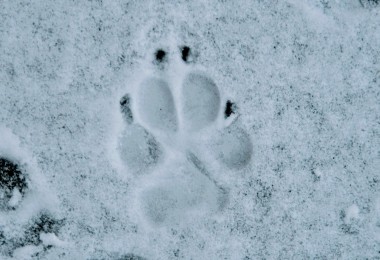


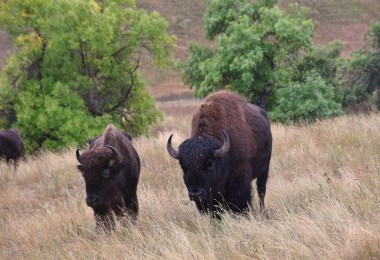

I want to learn more about plants that I meet on my walks in the snow.